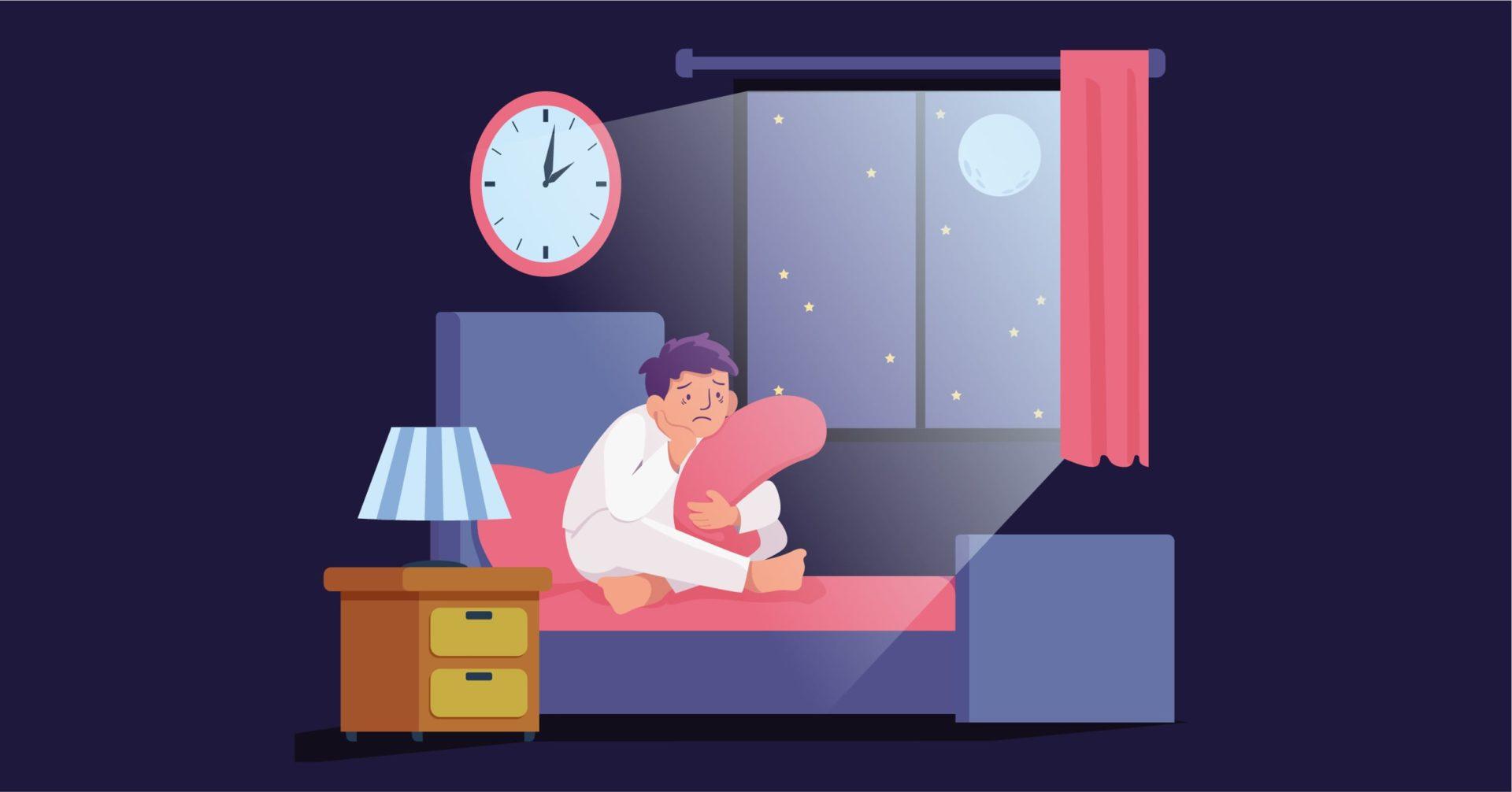Overview
Stimulant Withdrawal refers to a pattern of physiological and mood-related changes and abnormalities that are likely to occur among individuals upon either cessation or reduced use of stimulants. Withdrawal symptoms are likely to cause distress and are often associated with a failure to abstain from stimulant use. While most periods of withdrawal can be dealt with individually, severe symptom manifestation may lead to a requirement of emergency care and also result in hospitalization.
Symptoms of withdrawal can vary on the basis of a multiplicity of factors, including substance-related, individualistic, and environmental factors, and can have neurobiological and cognitive implications.
Signs and Symptoms
The signs and symptoms of Stimulant Withdrawal follow either the cessation of or a reduction of stimulant use. Some commonly experienced signs and symptoms may include:
- Dysphoric mood
- Fatigue
- Vivid nightmares
- Changes in sleeping patterns, such as insomnia or hypersomnia
- Increased appetite
- Restlessness and increased movements such as toe tapping, talking too fast, and pacing around
- Slowed physical movement, such as slowed speech or late emotional reactivity
- Slowed heart rate
- Drug craving
- Depressive symptoms and suicide ideation
Risk Factors
Withdrawal symptoms may differ on the basis of various factors. On an average, withdrawal symptoms may last between 2-10 days and then resolve themselves, in cases of acute withdrawal, however, symptoms have also been reported to last for several weeks. The peak severity of both cocaine and amphetamine-type stimulant withdrawal is considered to be between 2-4 days since last use.
The variance in experienced withdrawal symptoms has multiple determinants. The individual as well as the situation within the framework of which the withdrawal process takes place can affect not only how symptoms are perceived, but whether these symptoms are even attributed to the withdrawal process. The route of administration of the drug, purity, and chemical composition can also affect withdrawal responses. Further, the environment the individual is in can also play a part.
In case of cocaine withdrawal, three distinct phases of the withdrawal process may be noted. These phases follow the onset of various symptoms on the basis of duration after last use. They are:
- Crash: The crash phase refers to severe and observable symptoms that develop rapidly after a heavy dose of cocaine. Crashing may be characterized by symptoms such as extreme dysphoria, irritability, trouble sleeping, anxiety, and craving. These symptoms may be observable as early as 15-30 minutes after heavy usage. Over the next few hours, individuals are likely to develop lethargy, fatigue, hypersomnolence, and exhaustion. This phase is considered to last between 9 hours to as long as 4 days.
- Withdrawal: The withdrawal phase follows the crash, and is considered to last between 1-10 weeks. While there is little craving and sleep patterns begin to normalize in the first 4 days, this may reverse after these few days pass. Negative features of irritability, anhedonia, and anxiety are likely to return. Socializing with others who are using stimulants at this point can lead to a relapse.
- Extinction: The final stage is reached if abstinence persists beyond the withdrawal phase. While there is a usual lack of symptoms such as anhedonia, craving may persist in case of environmental factors, including use of stimulants by those around the individual or being in a setting where stimulant substances may be easily available.
The use of stimulants may also affect neurochemical structures and regulation that may influence withdrawal. For instance, cocaine use has been reported to decrease dopamine reuptake. Due to these variances in neurobiology and endocrine activity, a decrease in dopaminergic tone may be observed in the withdrawal period. Amphetamine use may also produce similar effects.
Withdrawal severity can have a significant impact on abstinence rates. While certain withdrawal patterns can be more distressing than others, individuals can also differ in their capacity to tolerate these symptoms. Facing severe withdrawal can lead to a loss of motivation and increased distress among individuals who are in the process of abstaining from stimulant use.
Diagnosis
Determining a diagnosis of withdrawal may be difficult, as there is a likelihood of patients not being in an appropriate mental state required to provide clinical history or objectively assess their symptoms. Nevertheless, certain rating scales and measures may be administered in order to determine the types and severity of symptoms being experienced by the individual. In addition to understanding the type of stimulant and duration of use, it is also important to screen for any possible underlying comorbidities that may contribute to the determination of treatment modalities.
The DSM-5 provides the following diagnostic criteria for Stimulant Withdrawal:
- Cessation of (or reduction in) prolonged amphetamine-type substance, cocaine, or other stimulant use.
- Dysphoric mood and two (or more) of the following physiological changes, developing within a few hours to several days after Criterion A:
- Fatigue.
- Vivid, unpleasant dreams.
- Insomnia or hypersomnia.
- Increased appetite.
- Psychomotor retardation or agitation.
- The signs or symptoms in Criterion B cause clinically significant distress or impairment in social, occupational, or other important areas of functioning.
- The signs or symptoms are not attributable to another medical condition and are not better explained by another mental disorder, including intoxication or withdrawal from another substance.
Treatment
With the right environment and appropriate support, stages of withdrawal can often be dealt with at home. On an individual level, taking care of oneself by resting enough, exercising, and following a healthy diet can help alleviate withdrawal symptoms as well as increase motivation to make it through this period of time. In cases of the persistence of symptoms such as excessive agitation or abnormalities in sleeping patterns, benzodiazepines may be administered in order to help.
In case of severe withdrawal symptoms, hospitalization may be required in order to medically assist the withdrawal process and ensure abstinence. General measures of treatment such as airway, breathing, and circulatory management may be undertaken.
It is important to encourage long-term treatment and management even after abstinence persists past the withdrawal stages, in order to prevent relapse. Contingency management, community programs and Cognitive Behavioral Therapy are some psychosocial interventions that may be useful in helping individuals avoid stimulant use. Support groups can also be instrumental in enforcing accountability and helping individuals work through possible distress.
Specialists
In case of withdrawal symptom severity, individuals may be treated in emergency settings by the respective first-response physicians. Psychiatrists or clinical psychologists, or even practitioners with a background in rehabilitation may be involved in management.





